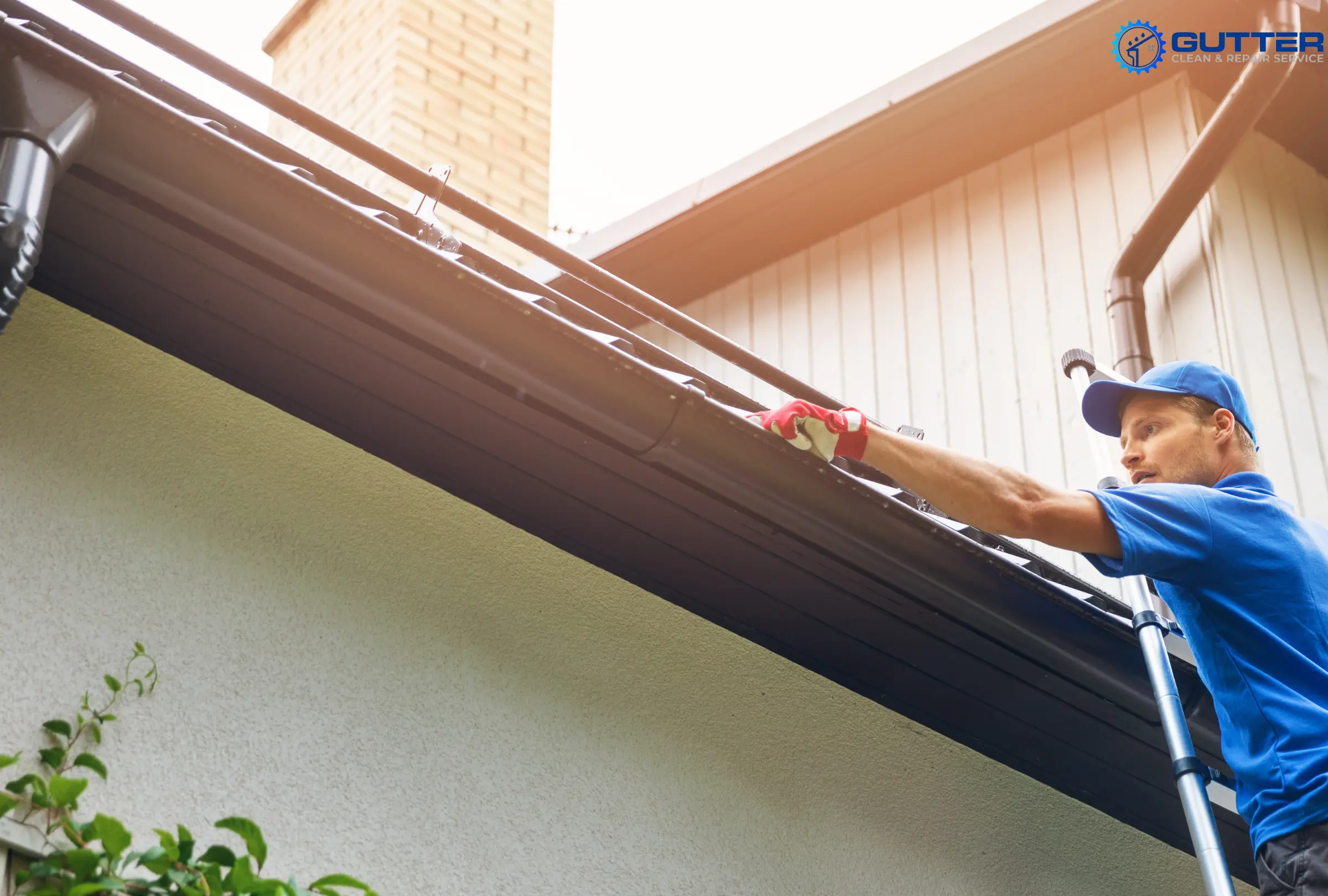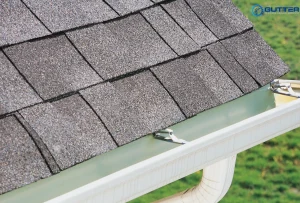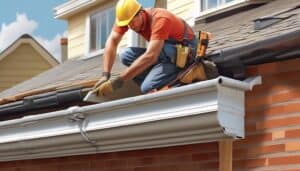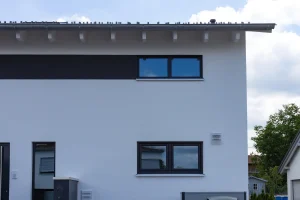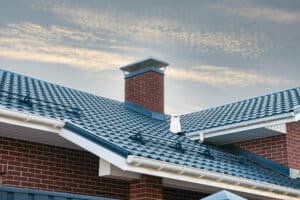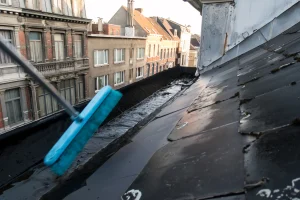Table of Contents
ToggleEver wondered how rain diverters and downspout diverters can protect your home and optimize rainwater use? These clever devices, though similar in purpose, differ significantly in design and function, each playing a crucial role in effective rainwater management.
Understanding these differences is key to making informed decisions for your home’s rainwater handling, ensuring both protection and efficiency.
We’ll be exploring how rain diverters, commonly known as gutter diverters, effectively redirect water, and why they’re an essential, cost-effective addition to homes.
Next, we’ll delve into the functional nuances of downspout diverters and their role in rainwater collection.
Additionally, we’ll touch upon the creative and practical uses of diverted rainwater, showcasing its versatility in home and garden applications.
Let’s discover the benefits and functionalities of these rainwater management tools, enhancing your home’s sustainability and resilience.
Key Takeaways
- Rain diverters, including gutter and downspout diverters, offer versatile solutions for directing rainwater away from critical areas of your home, like doors and windows, effectively reducing the risk of water damage.
- The choice of material (steel, copper, or PVC) for rain diverters impacts their durability and aesthetic appeal. Installation is straightforward but requires precise measurements and positioning, with professional help recommended for those not comfortable with DIY roof work.
- Collected rainwater from diverters can be sustainably used for gardening, refilling ponds and birdbaths, washing cars, and even indoor purposes like toilet flushing, highlighting eco-friendly water conservation practices.
- Utilizing local and accurate rainfall data is crucial in determining the efficiency of rainwater harvesting systems, ensuring you maximize the benefits of your rainwater collection setup.
How Do Rain and Downspout Diverters Differ?
Understanding how rain diverters differ from downspout diverters can really help you figure out the best way to handle rainwater around your home.
Let’s talk about rain diverters first. You might know them as gutter diverters, and they’re basically metal strips that guide water away from places like doors or walkways where you wouldn’t want to or can’t install a full gutter.
They’re super handy for keeping your entrance dry when it’s pouring out. They aren’t a full-on replacement for gutters, but they’re a smart choice in certain spots because they’re less expensive and often look better.
You’ll find them made out of stuff like steel, copper, or PVC, and each material has its pros and cons, like how long it’ll last or whether it’ll rust.
Now, let’s chat about downspout diverters. These guys work with the installed gutters to send water away from your house. They’re great if you want to collect rainwater in a barrel or direct it to a specific spot in your yard.
What Are the Benefits of Gutter Diverters?
When you think about the perks of gutter diverters, it’s clear they’re pretty vital for keeping your house safe from the wrath of water damage and ensuring everything stays nice and dry.
These nifty gadgets are all about shooing rainwater away from your home to keep that excess H2O from wreaking havoc.
Pop some gutter diverters on your house, and you’re on your way to managing that rain like a pro, steering clear of nasty surprises like your foundation cracking up or your basement turning into a pool.
Now, let’s talk about your green space. Gutter diverters are like superheroes for your garden and lawn. They step in to make sure the soil stays put and your flowers and grass don’t get washed away. For those who dig the green lifestyle, these diverters are a big win.
They send the rainwater into spots like rain barrels, so you can reuse it for your garden or give your car a rinse without turning on the tap.
Plus, when the skies open up and it pours, gutter diverters have your back. They work overtime to keep your foundation and basement high and dry, knocking down the chances of water damage or mould deciding to crash at your place.
To sum it up, slapping on some gutter diverters is a smart move to shield your home from water troubles and to get in on that rainwater collecting action for a more sustainable way of living.
How Do You Install a Rain Diverter on Your Roof?
If you want to keep your home safe from the damage rainwater can cause, think about putting a rain diverter on your roof.
This handy gadget guides water away from places like doors, windows, and your home’s base, which are all spots where water could cause some serious problems.
By steering clear of these areas, you’ll be dodging issues like water pooling at the foundation, which can mess with the stability of your house as time goes on.
Putting in a rain diverter isn’t a big hassle. First off, figure out where the water’s been giving you grief. Next up, pick a diverter that matches up with your roof and looks good to you.
You’ve got options like steel, copper, and PVC — each with its own pros when it comes to lasting a long time and looking good.
Once you’ve got your diverter, start by tidying up the spot on your roof where it’ll go. Make sure it’s free of any leaves, sticks, or dirt. After that, just follow the instructions that came with the diverter to get it attached to your roof.
Now, if you’re not too sure about how solid your roof is, or if climbing up on a ladder isn’t your thing, you might want to call in a pro. It’s always a good idea to play it safe, especially with roof work.
But once you’ve got that diverter in place, you’ll be setting your home up to stay free from water damage, and that’s a big win for keeping your place in good shape.
How Can You Make a Rain Diverter?
So, you want to channel rainwater away from certain parts of your roof to safeguard your home from water damage?
A rain diverter is your go-to fix. It’s like a traffic cop for rainwater, telling it where to go and where not to, thus shielding your home’s foundation and other critical areas from unwanted moisture.
You’ve got a few choices when it comes to materials for the rain diverter: steel, copper, or PVC. Steel is tough and lasts a long time, making it a solid choice.
Copper adds a touch of elegance to your roof with its shiny appearance. PVC is the light wallet-friendly option and super easy to handle.
Here’s how you whip up a rain diverter: measure your metal or PVC strip to the exact length you need, then cut it to fit perfectly along your roofline.
You want it angled just right so the water says ‘See ya!’ to the areas you’re trying to protect. Once your strip is ready, secure it to the roof with either nails or screws, and you’re all set.
What Are Some Creative Uses for Diverted Rainwater?
So, you’ve got your rain diverter up and running—nice work! Now let’s talk about the cool things you can do with all that water you’re harvesting.
For starters, it’s perfect for giving your garden and houseplants a drink. Why bother with tap water when you’ve got rainwater on tap? It’s better for your wallet and the planet since you’re not wasting a precious resource.
Another neat trick is using that rainwater to keep your pond topped off or your birdbath fresh. It’s a simple setup with a diverter and downspout, and the birds and critters will love you for it.
And hey, when it pours, why not give the ground a little drink, too? You can guide that rainwater to dry spots in your yard to help keep the water cycle doing its thing.
Got a dirty car or a grimy patio? Rainwater to the rescue again. Forget about using the hose and running up your water bill. A bucket of rainwater and a sponge, and you’re all set.
Last but not least, let’s not forget about indoor uses. Hook up a barrel to catch that rain, and you’ve got yourself a supply for flushing toilets or running the washing machine. It’s a smart move that cuts down on your main water use and saves you some cash.
Can Gutter Diverters Help with Calculating Rainwater Volume for Water Harvesting?
Gutter diverters can help with calculate rainwater volume for water harvesting by directing rainwater into designated storage containers. By diverting water away from the regular drainage system, homeowners can easily measure and track the amount of rainwater collected for efficient water harvesting.
Frequently Asked Questions
Can rain diverters be used in areas with heavy rainfall, or are they more suitable for regions with occasional rain?
Rain diverters can be effectively used in regions with varying levels of rainfall, including areas with heavy rainfall like Ireland, where weather conditions can be unpredictable. Their primary function is to redirect rainwater away from critical areas of your home, which is important in both rainy and dry climates. However, in areas with exceptionally heavy rainfall, it may be necessary to install additional rainwater management systems, such as larger gutters or more robust downspout diverters, to handle the significant volume of water efficiently.
Do rain diverters require maintenance, and if so, how often, especially in the context of Ireland’s weather patterns?
Rain diverters generally require minimal maintenance. Regular inspection to ensure they are free of debris, leaves, or clogs is advisable, especially after heavy rainfall, which is common in Ireland’s climate. Cleaning them as needed will help maintain their effectiveness in redirecting rainwater away from your home. Depending on your local climate and the presence of overhanging trees, you may need to clean them a few times a year to account for Ireland’s frequent rainfall.
Can rain diverters be painted or customized to match the aesthetics of a home?
Yes, rain diverters can be painted or customized to match the aesthetics of your home. Many rain diverters come in various materials and finishes that can be painted to complement your roof or siding. Customizing them to blend seamlessly with your home’s appearance can enhance their visual appeal while maintaining their functionality.
Are there any regulations or permits required for installing rain diverters in the UK and Ireland?
In most cases, installing rain diverters does not require specific permits or regulations in the UK and Ireland. However, it’s essential to check with your local building codes and regulations, as some areas may have restrictions on certain types of rainwater management systems or alterations to your roof. It’s always a good practice to confirm compliance with local authorities before undertaking any home improvement project, taking into account the specific weather conditions in Ireland.
